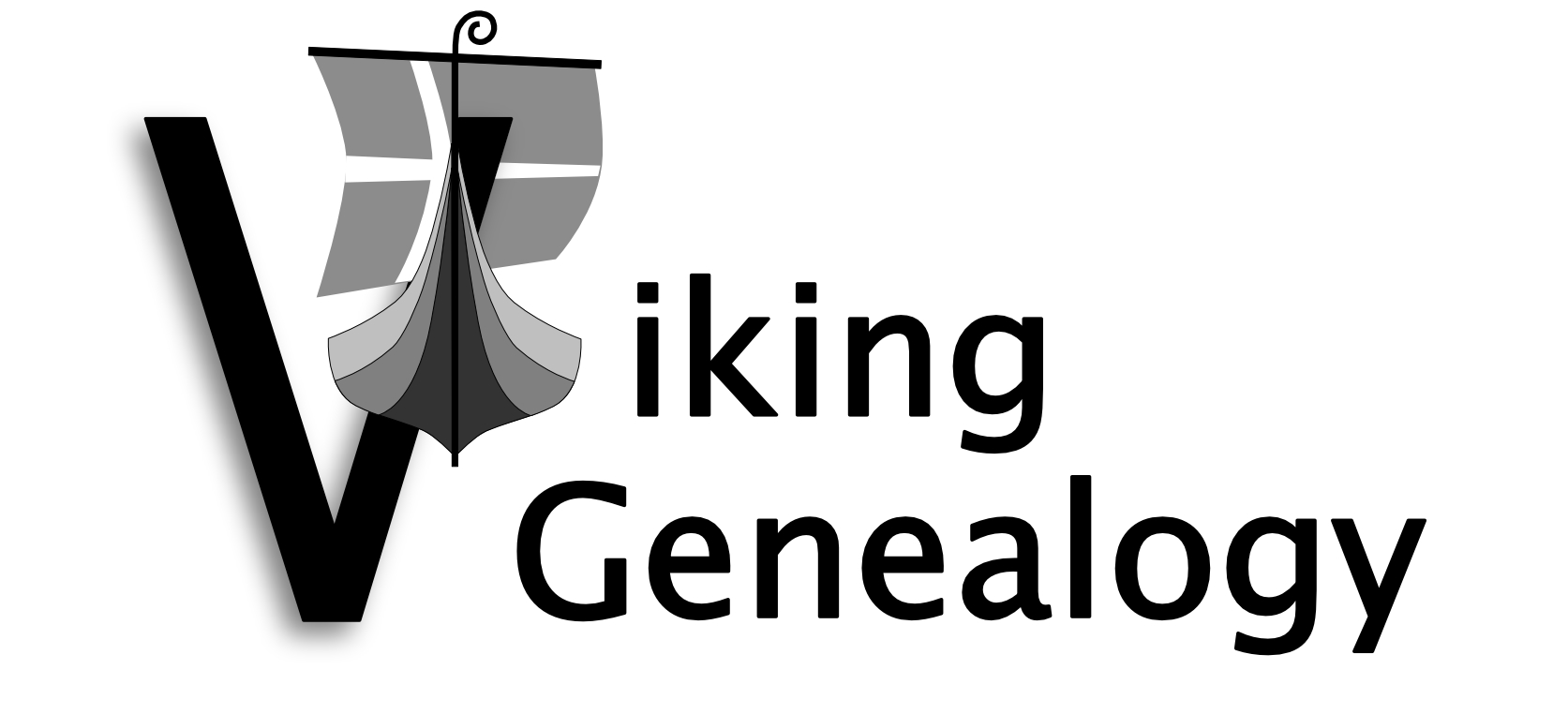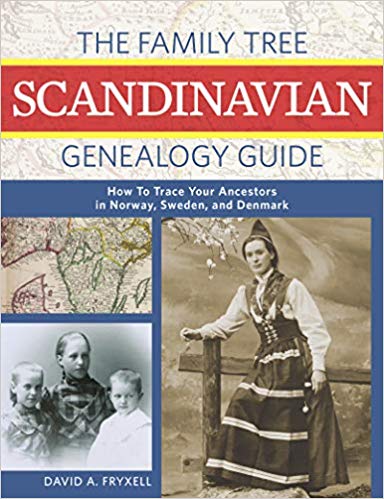
Discover your Viking roots with this new book! The Family Tree Scandinavian Genealogy Guide: How to Trace Your Ancestors in Norway, Sweden, and Denmark by David A. Fryxell is your essential handbook for Scandinavian family history research. Learn strategies for identifying immigrant Scandinavian ancestors, plus how to trace them back to Europe from North America and find them in parish records. The book includes detailed guides for finding and using Scandinavian church records, censuses, immigration and emigration records, military rolls, estate records, and more. Explore Scandinavian history, historical timelines, geography, language and naming traditions, sample records, and archives.
AncestryDNA Results More Detailed
AncestryDNA has fine-tuned its results for those with Scandinavian ancestry. With over 200 communities now in Scandinavia, you may discover a link to family in Norway, Iceland, Sweden, or Denmark, as well as Finland.
News from ArkivDigital
The subscription Swedish site has new birth indexes and searchable passenger records.
Going Clubbing
Scandinavian immigrants typically belonged to a village hall or other organization back in the old country, and they brought this tradition to America, too. These new social clubs included the Sons of Norway, the Danish Brotherhood, and the Swedish Vasa Order.
Going to Church in the US
Scandinavian church records in the US can jump-start your research. When they settled in the US, Scandinavian immigrants founded churches and other religious institutions—mostly but not entirely Lutheran….
Typing Scandinavian Letters
How do you type those unfamiliar Scandinavian characters in search boxes online or in your genealogy software? Here’s a quick guide.
Meet the “Sloopers”
How the first large group of Norwegian immigrants came. Much as in other countries, religious freedom sparked the first major wave of Scandinavian immigration to America after the Revolution—although economic opportunity and hardship back home soon became more important factors.
Finding Emigrants from Norway
Plenty of resources can help you trace ancestors’ journeys. Norway’s emigration records are skimpy prior to 1867, when the police began keeping these files, which are mostly available on FHL microfilm. Most Norwegian emigrants in the peak years of “America fever” left from the ports of Oslo (Kristiana), Bergen, Trondheim, and Stavanger. Passenger lists for major Norwegian ports, as well as many other emigration-related records, such as passports, can be searched using the National Archives of Norway’s Digitalarkivet site.
Yesterday’s News Can Help Find Your Family
Old newspapers published in America and back in Scandinavia can yield clues about your Danish, Swedish, and Norwegian ancestors. And there’s no need to squint at or scroll microfilm, as more of these sources are going online.
The Rise and Fall of New Sweden
Swedes arrived in America much earlier than you might think. Jealous of the Dutch colonial outposts in America, the Swedish government set out to establish its own New Sweden. It hired Peter Minuit, who had led the founding of New Netherland for the Dutch before being dismissed in an internal dispute, and set up the Swedish West India Company. In March 1638, two ships under Minuit’s command, the Kalmar Nyckeland Fogel Grip, arrived at the site of today’s Wilmington, Delaware, with 50 colonists. They named the settlement Fort Christina, after the young Swedish queen, and Reverend Reorus Porkillus established the first Lutheran congregation in America there.
Finding Your Danes Online
While reviewing the last time I wrote about Danish genealogy for Family Tree Magazine in preparation for my article on that topic in the October-November 2019 issue, I was struck by how many Danish records are now online. Originally, my article referenced the various records available on microfilm. Now, however, most of those resources have been digitized and many of them are even searchable. In fact, when I was researching my cousin’s Danish ancestors, I was able to go back hundreds of years without ever having to squint at old-fashioned microfilm. Let’s take a quick tour of some of the key records you can click on…
Police Escort?
Emigration from Denmark was facilitated by the inauguration of steamship service to the United States, cutting the arduous voyage to 10 days. One source claims that a single ship, the Frederick VIII, transported more than half a million Danes and other Scandinavians to America. To protect people from being conned by unscrupulous emigration agents, the Copenhagen police were given oversight of all overseas tickets.
Scandinavians in the Civil War
The only non-English-speaking Union regiment in the Civil War, the 15th Wisconsin Volunteers, was formed by Scandinavian immigrants. It was organized and commanded by Norwegian Hans Christian Heg from Muskego, and included both Norwegians and Swedes.
Understanding the Alphabets
What’s with those funny letters? All written Scandinavian languages employ extra letters beyond the 26 of our alphabet.
